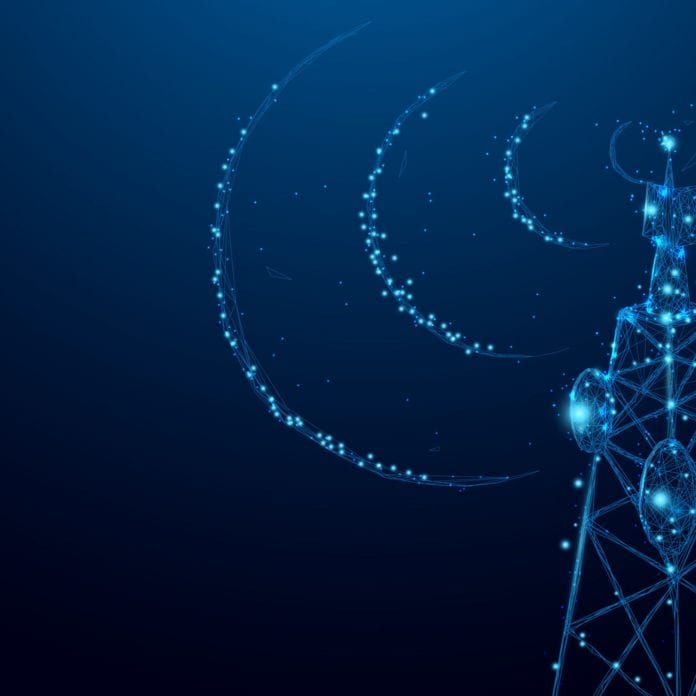As the telecom ecosystem gets deeper into CBRS deployments and eagerly awaits the availability of C-Band spectrum, carriers and vendors are partnering on numerous tests and trials of various aspects of the two bands. In the C-Band, most testing is focused on pre-deployment work and development; in CBRS, testing is centered on advancing 5G in the band and trials of private network use cases.
Here are 10 major midband tests and trials from the past year:
- Last September, T-Mobile US was granted permission by the FCC for a two-year testing period to try out 5G New Radio in C-Band spectrum at 3.7-3.8 GHz band — in the lower portion of the band — at locations in and around Las Vegas, NV; Houston, TX; Phoenix, AZ; the carrier’s hometown of Bellevue, WA; and New York, NY.
- Around the same time in spring 2020, Verizon was granted permission for a one-year period of outdoor testing of 3.7-3.8 GHz in the areas of coastal southern California, with nine outdoor test sites. Verizon also was granted permission in June 2020 for the testing the same spectrum at nine sites around the country, including Basking Ridge, NJ, Sunnyvale, CA and several sites in Michigan, using equipment from Ericsson.
- In June 2021, Verizon was granted permission by the Federal Communications Commission this week to use a 30 kilohertz slice of C Band spectrum at 3.7 GHz (3.700.485-3.700.515 GHz) for a six-month period in the top 46 geographic Partial Economic Areas markets across the country, in order to tune its deployment modeling for C-Band.
- In April of this year, AT&T received permission from the FCC for indoor and outdoor pre-deployment testing at 3.7-3.8 GHz in three locations over a one-year period. There will be 10 C Band sites in Macomb county, Michigan; 11 in Santa Clara county, California; eight in Dallas and Denton county, Texas; and three in San Diego county, CA. AT&T is testing a variety of sites styles with up to three sectors, including equipment on monopoles, rooftop sites, utility poles and side-mounted on buildings. According to its filings, the carrier is testing 29 base stations from Nokia and 54 from Ericsson, at multiple transmit power levels.
- Shortly afterwards, in June, AT&T claimed a C Band first, saying that it had successfully completed 5G field test calls using test devices and a mobile test platform at locations in Plano, Texas and Detroit, Michigan.
- Also in April 2020, US Cellular was granted an extension for testing that it has been conducting at 3.7-3.8 GHz at two sites, one in Wisconsin and one in Illinois. The carrier had originally been granted permission to start C Band equipment testing at those sites in October 2020, for a six-month period — but as the time ran out on that STA, the carrier told the FCC that it needed more time because of delays in vendor software updates. US Cellular is testing two base stations: one each from Nokia and Ericsson. The carrier requested the ability to transmit at high effective radiated power (EIRP) in order to characterize path loss for the signals at a range between 1-12 kilometers. In the C Band auction, US Cellular won 252 C Band licenses in 99 geographic areas that it says cover 94% of its subscribers in the 21 states where it operates, for a total cost of $1.46 billion, including relocation costs and incentive payments.
- In May, Verizon, Ericsson and MediaTek conducted a lab trial, in which the group aggregated C-band spectrum with mmWave spectrum, achieving speeds of 4.3 Gbps. The trial aggregated 100 megahertz of C-Band with 600 megahertz of mmWave spectrum and used Ericsson’s basebands and radios and MediaTek’s M80 modem.
- In September 2021, Ericsson and Qualcomm claimed the first successful over-the-air 5G New Radio call on CBRS spectrum via a 5G Standalone network. The trial for the OTA 5G NR call took place at Ericsson’s North America headquarters in Plano, Texas.
- Federated Wireless recently completed a successful demonstration of a 5G private network in shared spectrum for the U.S. Department of Defense – a precursor to a smart warehouse deployment at the Marine Corps Base Albany 5G testbed in Georgia. Federated’s partners for the test network included AWS, JMA, Cisco, Vectrus, Peraton Labs and Capstone Partners. The 5G demonstration network made use of 80 megahertz of CBRS General Authorized Access spectrum, plus 300 megahertz of 37 GHz, which is also a shared band. Federated reported that download speeds on the network reached 1.5 Gbps with sub-15 millisecond latency.
- Also in midband private networks, Nokia, Athonet and Innovate5G said earlier this month that they made the first commercial North American call via a 5G Standalone private network in the midband at 2.5 GHz (Band n41, TDD spectrum). The partners said that they made the call using Athonet’s 5G SA core network and Nokia’s AirScale Next Generation-RAN integrated with Innovate5G’s cloud-based application testing platform for 5G, the latter of which launched earlier this summer. “This multiple vendor collaboration opens the ‘go to market’ journey, helping developers understand things like jitter, delays and video quality when it comes to their 5G applications,” said Ed Alfonso, EVP and GM of mobile networks for Nokia Americas.
Looking for more information about the midband spectrum and deployment landscape in the U.S.? Join the RCR Wireless News webinar on this topic today at 2 p.m. ET, featuring perspectives from Analog Devices, Aurora Insight and LitePoint. Registration information here.

